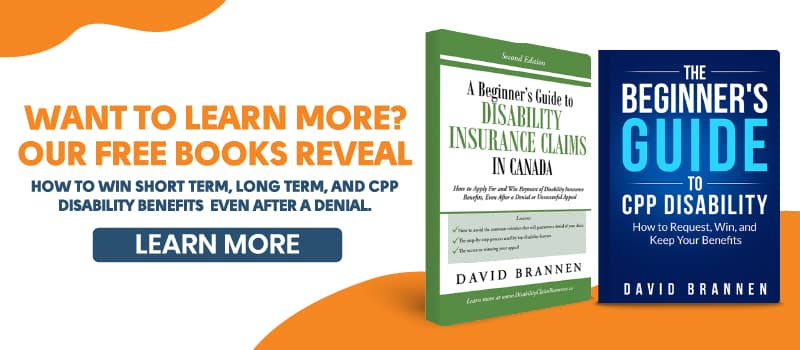
It’s official. On June 22, 2023, the Canada Disability Benefit Act became law in Canada. This is a historic social benefit on par with the creation of the Canada Pension Plan and Medicare, both introduced in 1965. In this article, I am going to give an overview of what we know about the Canada Disability Benefit (CDB) and what we can infer.
Please note: This article was published on August 29, 2023. We since updated on April 24, 2024. So, the information in this article is consistent with what was made available about the CDB at that time. We will continue to update this article as we learn more.
Table of Contents
The Canada Disability Benefit is a new program designed to lift Canadians with disabilities out of poverty. Backed by an investment of $6.1 billion over six years and an annual budget of $1.4 billion, it provides financial support of up to $2,400 per year to eligible individuals aged 18-64.
This initiative, set to launch in July 2025, mandates possession of a valid Disability Tax Credit certificate for eligibility and includes provisions to cover associated medical form expenses. According to the 2024 Budget, the new benefit is estimated to increase the financial well-being of over 600,000 low-income persons with disabilities.
According to the 2024 Budget, the Canada Disability Benefit will be available to Canadians with a valid Disability Tax Credit (DTC) certificate. So, in order to qualify, you must be approved for the DTC and meet other qualifying criteria related to income and age — aged 18 to 65. This eligibility criterion was decided so the benefit could be delivered “as quickly as possible and to ensure nationwide consistency of eligibility.
What are the eligibility criteria for the DTC? In order to qualify for the DTC, a medical practitioner must certify that you have a severe and prolonged impairment resulting in a marked restriction in one of the categories, significant limitations in two or more categories, or receive therapy to support a vital function. You must also be a Canadian citizen or a permanent resident.
To learn more about the DTC’s eligibility criteria, check out our Online Guide to the Disability Tax Credit.
On April 16, 2024, Deputy Prime Minister and Finance Minister Chrystia Freeland announced the budget for the new Canada Disability Benefit. The government is providing a total investment of $6.1 billion spread over six years, with an additional ongoing allocation of $1.4 billion for operational costs, which is earmarked to deliver a maximum yearly benefit of $2,400 for eligible claimants– which works out to $200 a month and about $6.66 per day.
Disability advocates across Canada voiced their disappointment in the benefit, noting that the monthly allowance wouldn’t even come close to lifting Canadians with disabilities above the poverty line. According to a report released in November 2023 examining the potential expenses associated with the new benefit, the Parliamentary Budget Officer of Canada calculated that it could require up to $14,356 per person annually to bridge the gap between the current social assistance for individuals living with disabilities and the poverty line.
However, according to the 2024 Budget report, this is only the beginning. The budget states that the goal is for the combined amount of federal and provincial or territorial income support for people with disabilities to grow to the level of Old Age Security (OAS) and the Guaranteed Income Supplement (GIS) to fundamentally address the rates of poverty experienced by persons with disabilities.
So, we decided to investigate just how big the difference is between the combined amount of the OAS and GIS payments and the combined amount of the CDB and the provincial and territorial benefits.
The following is a breakdown of the OAS and GIS combined totals compared to the Ontario Disability Support Program (ODSP) and the GIS’s totals:

A former occupational therapist turned disability lawyer, David has been representing people in disability claims for over fifteen years. David is Resolute Legal's founder and managing lawyer. He is the author of the best selling The Beginner's Guide to CPP Disability, the CPP Application Workbook and A Beginner's Guide to Disability Insurance Claims in Canada.
Speak with our support team to learn what your next step should be? Schedule free disability claim evaluation by phone, videoconference, or email.